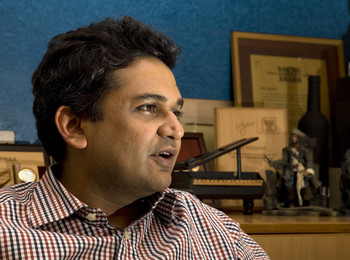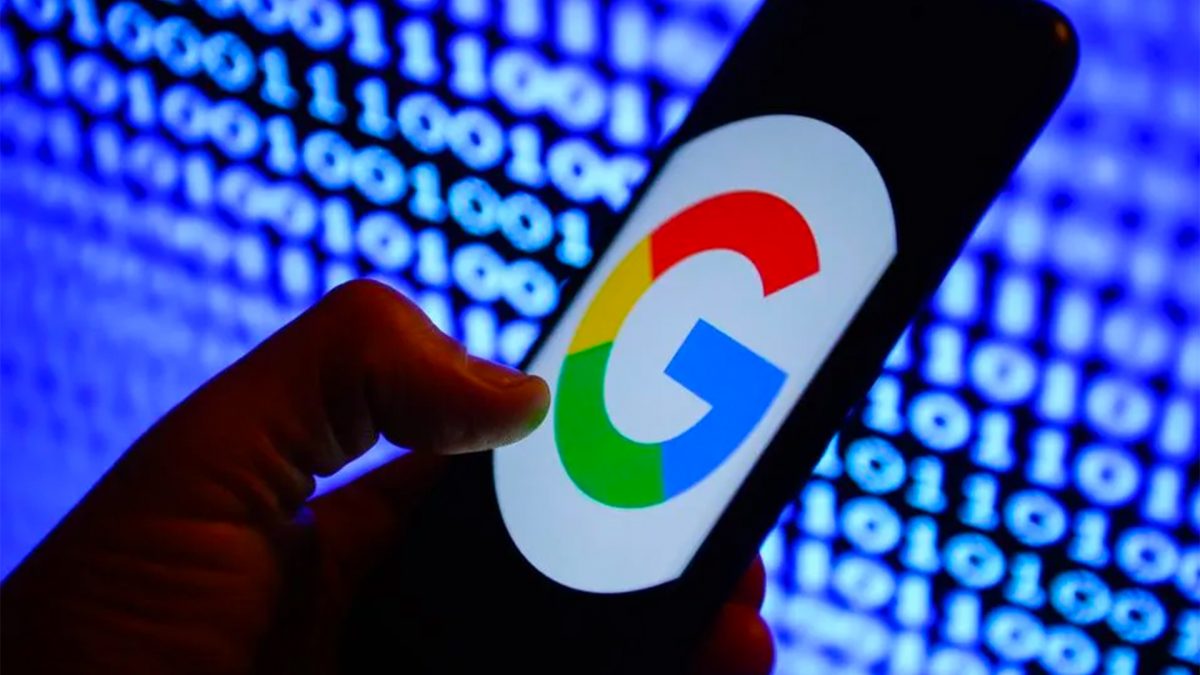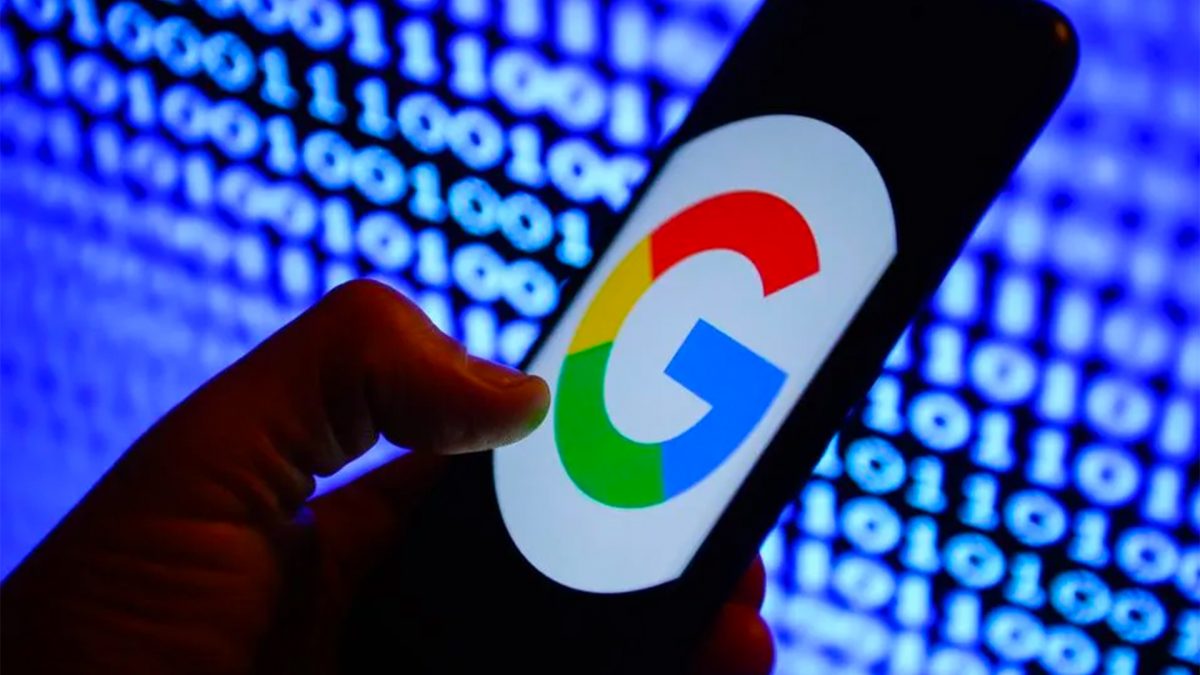Last night, I was up watching the event by Google at San Francisco. I headed into the cast with a certain level of expectation. More on that later. I expected a Pixel device, Google delivered. I expected something to do with the Google Assistant, Google delivered. I expected quite a few more things, which I felt got left out . But from the moment Sundar Pichai was on stage talking about the work that was happening at Google, I felt a bit underwhelmed. I’d quickly list out a few reasons.
Déjà vu yet again, on several fronts
Google and hardware. That’s a mighty combination. We’ve all used Google products. Whether it’s search, YouTube, Android, or the vast list of web and services, Google has charmed us. So, when there’s talk of Google putting its expertise to hardware, expectations are at an all time high. But a few of those, didn’t quite see widespread glory. Being Google’s product, they did manage to sail through the hype cycle. But fumbled later. A classic case is the Google Glass. I remember how anyone with access to the Google Glass would pose pictures with it and set it as their profile picture. If you had early access to the Google Glass, you’d arrived in the true sense.
I missed out on the initial hype, but I held my chin high nonetheless. By the time I was able to hold it in my hands, thanks to a developer friend, it was waning out in popularity. Instead, the Microsoft HoloLens is what got me going on social media. We all fall to that moment of fame. We’re human at the end of the day.
Today, not many talk about the Google Glass. This is what the official website says:
Sure, the journey of life doesn’t end. Setbacks will come. They would be overcome. Eventually. And so, just like any technology company, Google has had its fair share of failures. I thought of the Google Glass because it had a cult following of its own.
Another product I thought of was Nexus Q. I remember reading a review online that called it an unfinished orb of mystery . During the event, it was all excitement as it always is. But soon, it vanished into thin air. Sure products like the Chromecast took its place, eventually paving way for Google Home. But here we were, a few years ago, talking about something similar.
I’m skeptical of Daydream
And for now the general opinion seems to agree. Virtual reality is big. Sure. But when I look for a smartphone, my expectation is clear. I want to be reachable. I want to call out to my loved ones. I need to be able to text and use applications with the best user experience for as long as possible.
As I said, somehow virtual reality doesn’t stand as a feature that underscores my leaning towards a new device. Especially a premium priced device. I believe Google Cardboard rose in popularity precisely for the reason it existed – a tinkerer’s dream, a hobbyist’s love – Google Cardboard offered the possibility of exploring the world of virtual reality without doling out too much.
On that front, I think of Oculus as a luckier product, with investment from Facebook to back it, and push it to the masses. Regarding the future, I don’t know how optimistic Facebook is, but virtual reality surely is the buzzword. Manufacturers such as Samsung offer Gear VR powered by Oculus. That’s the next best thing. Here’s another article that I believe shed light and brings about clarity of thought to the ‘ reality ’ of virtual reality.
In the order of hierarchy, or the industry’s pyramid of virtual reality, we have Google Cardboard at the base. That’s at a physiological level. If you’re into exploring what VR is, you’re better off experimenting with a few VR apps on Android, put your phone into the Cardboard, and share the experience with friends and loved ones. Everyone’s happy. Physiological joy unlocked.
A little beyond that is Gear VR. It’s not as barebones as the Cardboard, but a little spiced up. A few sensors thrown in that aim to better your experience. That’s at the love and belonging level. It’s an area where you dabble in passion for virtual reality. Where you invest a bit into apps to get a better experience. While the Cardboard depends on the smartphone and its sensors for the experience, Gear VR implements its own sensors so the device could focus on imagery.
However, self actualisation in VR is still pegged at the Oculus Rift. Unfortunately, you can’t use it with a smartphone. Due to several challenges Apple CEO Tim Cook seems to have a similar opinion.
What’s the unique selling point of the device?
There are several. If we go by the presentation from last night, there’s a ‘brilliant camera’ and a resultant unlimited cloud storage. Because we’re a photography obsessed generation. But that’s a space with stiff competition from the iPhone and even more budget devices that either come close, or would eventually come close. It seems to be a great feature on the Pixel, but can’t be unique.
Then, there was between 26 and 32 hours of talktime between the Pixel and Pixel XL. Sure that’s impressive. But is it enough to be a device USP. Just earlier in the day yesterday, Moto Z and Moto Z Play were launched in India. The claim made by Lenovo? 2 complete days of tethering, GPS and latching on to network while travelling. So it definitely can’t be battery life.
Can it be Google Assistant? When I tried telling my friends this was among the features that was unique in Google’s new phone, I saw amazement. For the lay consumer, it didn’t come across as a reason enough to opt for a device. It’s like the typical hardware-software dilemma Indians face. We’re willing to pay for hardware, probably because it’s tangible. But when it comes to software, we have a billion questions in our minds.
The unique selling point has got to be similar to the Nexus lineup. Best, updated, patched software with on-time delivery. You’d be a VIP customer for Google, with the best delivered to you. That was no different than the Nexus. But this time, Google believes it’s bringing the best of hardware and software together. What does that mean? That prior to this, Android devices weren’t giving the best experience? Or that non-Pixel Android devices (which made Android what it is) aren’t perfect? Unintentionally, Google might just create a rift among its OEM partners. I see striking similarities with what happened around the time of the Surface Pro and OEMs for Windows tablets and computers .
To sum it up, every new product is welcome in the industry. It’s the best thing for consumers. Every manufacturer, puts together a glossy show. Every manufacturer claims their product is the best. If lesser known brands can manage to do so, then Google has every right to claim so. It has the reputation of excellence, and building great products. But things go wrong. Things do fail. And it comes down to consumer needs. If photography is leading consumer behaviour, then we probably need cameras that allow you to make calls. But history has a different take on it. The move to AI is a brilliant move. It hints at the next step in innovation and product journey. But is that what consumers need today?
Let us know your views. Tweet to us @tech2eets and share your comments on Facebook .


)




)
)
)
)
)
)
)
)